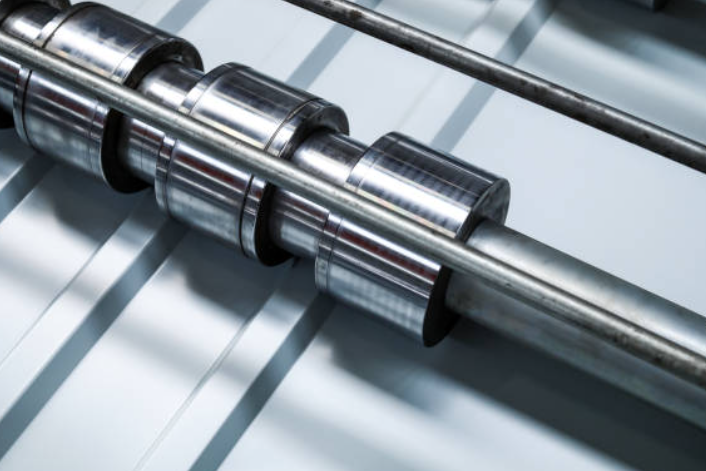
Posted on Saturday, October 12, 2024
In the dynamic landscape of manufacturing, especially in Argentina, companies are continually seeking methods to reduce costs, improve efficiency, and maintain competitive pricing. Roll forming technology has emerged as a powerful solution that can address these challenges effectively. Here’s how roll forming machines can help Argentinian manufacturers enhance their operations:
One of the significant advantages of roll forming technology is its ability to minimize material waste. Traditional manufacturing methods often result in scrap metal and excess material, leading to higher costs. Roll forming, on the other hand, allows for precise shaping of metal coils into desired profiles with minimal waste. This efficiency not only lowers material costs but also supports sustainable practices, which are increasingly important in today's manufacturing landscape.
Roll forming machines are designed for high-speed production, enabling manufacturers to produce large quantities of metal components quickly. This rapid production capability means that manufacturers can fulfill orders faster, reducing lead times and improving customer satisfaction. In a competitive market like Argentina, where timely delivery can set a business apart, this efficiency can be a crucial advantage.
Modern roll forming machines often come equipped with advanced automation features that reduce the need for manual labor. Automated processes not only enhance precision but also cut down on labor costs. In Argentina, where labor costs can be significant, the reduction in workforce requirements allows manufacturers to allocate resources more effectively, further improving their cost-efficiency.
Roll forming technology is highly versatile, capable of producing a wide range of metal profiles for various applications—from roofing panels and metal studs to custom components for specific industries. This flexibility allows Argentinian manufacturers to diversify their product offerings without the need for extensive retooling or new machinery, helping them to meet diverse market demands and adapt to changes in consumer preferences swiftly.
The precision of roll forming machines leads to the production of high-quality components with consistent dimensions and specifications. This reliability in quality not only reduces the risk of defects and rework but also enhances the overall reputation of manufacturers. High-quality products can command better prices in the market, thereby contributing to improved profit margins.
By leveraging the cost-saving benefits of roll forming technology—such as reduced material waste, lower labor costs, and improved production efficiency—Argentinian manufacturers can maintain competitive pricing in a challenging market. In a region where economic fluctuations can impact consumer purchasing power, offering competitively priced products without compromising on quality is vital for sustaining market share.
Investing in roll forming technology not only benefits individual manufacturers but also contributes to the broader Argentinian economy. As manufacturers become more competitive, they can create jobs, foster innovation, and promote economic growth in their communities. This positive ripple effect can lead to a more robust industrial sector, ultimately benefiting the entire nation.
In conclusion, roll forming technology offers significant cost-efficiency advantages for manufacturers in Argentina. By reducing material waste, increasing production speed, minimizing labor costs, and improving product quality, roll forming machines enable businesses to operate more effectively in a competitive market. As Argentinian manufacturers continue to embrace this innovative technology, they can position themselves for success, ensuring sustainable growth and a strong foothold in both local and global markets.

Understanding Coil IDs, Mandrel Sizing, and Shear Pin Safety in Uncoilers
Posted on Wednesday, October 1, 2025
Mismatched sizes can lead to machine damage, downtime, and safety hazards — often evidenced by a shear pin failure.

How Coil Tensile Strength Affects Roll Forming and How to Adjust Your Machine
Posted on Wednesday, October 1, 2025
Changes in tensile strength can significantly affect the finished profile, causing misaligned bends, uneven edges, and out-of-spec parts.

Why Paint Cracks on an Embossing Line Running Pre-Painted Coil and How to Prevent It
Posted on Wednesday, October 1, 2025
This issue not only affects the visual quality of the product but can also lead to increased scrap rates and customer complaints.

The Most Popular Standing Seam Metal Roof Panels in the U.S. — A Comprehensive Guide
Posted on Monday, September 29, 2025
In this post, we’ll explore what panel styles and sizes are most popular in the U.S